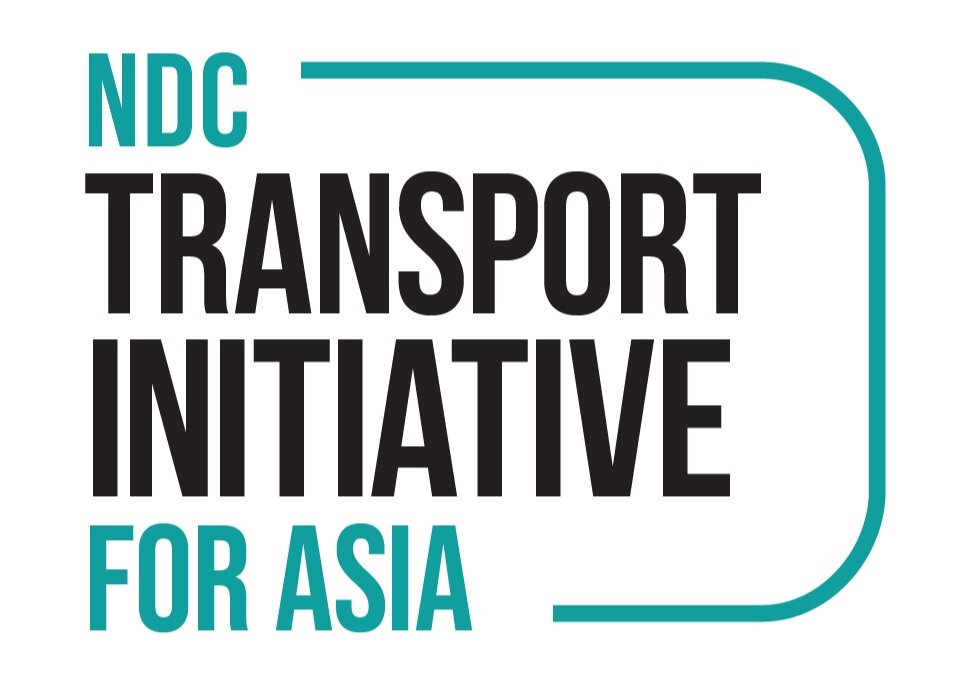ADVISORY: Viet Nam’s National Green Growth Strategy
Photo by GIZ
The National Green Growth Strategy (NGGS) is a springboard for upcoming climate change strategy and action plans towards “net-zero” by 2050.
Economic growth is the ultimate goal of every country to improve people’s quality of life. Nevertheless, economic development needs to be sustainable to avoid negative effects on the environment, preserve biodiversity and restraint the impact of climate change. Following this ideal, the Government of Viet Nam has been vigorous in establishing its targets and commitments on greenhouse gas (GHG) emission reduction, aiming to secure economic prosperity and environmental sustainability for future generations. This is reflected in the updated 2020 Nationally Determined Contribution (NDC) , the recent commitment of achieving ‘net zero’ by 2050 stated by the Prime Minister in COP26 and the National Green Growth Strategy (NGGS) that was approved on October 1st, 2021.
The Viet Nam NGGS for the period of 2021-2030, vision to 2050 is drafted with careful consideration of the country’s new development orientation to help Viet Nam accelerate the implementation of the committed GHG emission reduction targets. Specifically, the newly approved NGGS stays aligned with the Party's Resolution 13, the 10-year socio-economic development strategy for the period of 2021-2030, and the 5-year socio-economic development plan for the period of 2021-2025. The new NGGS will act as a springboard for the government to set even higher targets and specific measures to deliver the goal of “net-zero” by 2050.
The new NGGS contains many advanced and improved contents compared to the NGGS 2011-2020 and the update NDC 2020.
Firstly, the specific objectives in the new NGGS are: Reduce the intensity of GHG emission per unit of GDP by at least 15% by 2030 compared to 2014, and 30% by 2050 compared to 2014. This is an innovative point compared to the previous targets which only take into account the Business-as-usual (BAU) GHG emission volume. The new targets are set based on the green growth scenarios for the entire economy and each priority industry through the use of economic models in combination with industry models.
Secondly, additional aspects of science and technology, digital technology application, digital transformation and social issues are proposed to target a goal of developing a principled, equitable, inclusive, and resilient green transition across the entire economy.
Thirdly, the new NGGS emphasizes investments and financing for green growth, which creates a more solid foundation to mobilize resources for green growth mission implementation, not only from the state budget and official development assistance (ODA) but also from the private sector. The key missions of the Ministry of Planning and Investment (MPI) mentioned in the updated NGGS include:
Mobilize resources, coordinate domestic and foreign funding sources, climate finance; develop a national system of green classification standards and criteria; identify key green growth tasks and projects
Develop and perfect institutions and policies on green public procurement; integrate green public procurement criteria into the contractor selection process; develop a specific incentive mechanism for enterprises participating in the supply of green products and services
With respect to the transport sector, in Resolution No. 29/2021/QH15 dated July 28th, 2021 on the medium-term public investment plan in the 2021-2025 period, around 40% of the total investment capital is allocated to transport. As one of the main emitters of GHG emissions, transport is also highlighted in the new NGGS. Five main tasks are assigned to the Ministry of Transport (MOT):
Develop and improve institutions and policies to: develop green transport infrastructure; develop public transport systems, improve freight transport productivity
Formulate and organize the implementation of solutions to: encourage vehicles using clean, economical, efficient energy and environmentally friendly technologies; promote the conversion of freight transport by road to waterways and railways
Prioritize resources for investment, completion and exploitation of green transport infrastructure to: ensure economic efficiency and environmental protection; contribute to reducing GHG emissions; enhance resilience to climate change and sea-level rise
Review, recommend adjustments to development and transport projects to ensure transport market share is restructured towards green and sustainable growth. Research, develop, and organize the implementation of national programs and projects to develop environmentally friendly means of transport and public transport systems, including electric vehicles, develop green logistics center, green port, application of new technology and new energy to replace traditional fuel for vehicles and transportation equipment.
Research and apply science, technology, digitalization to optimize the management and operation of traffic infrastructure and transport activities; ensure safe and smooth traffic; reduce energy consumption;
Both approaches, climate change mitigation and adaptation, are mentioned for the transport sector in the new NGGS. Key solutions on e-mobility development are established to achieve carbon neutrality. The task of digital technology application in green transport development is also a superior point compared to previous strategies and updated NDC.
During the “National strategies for enhancing climate ambition – systemic transformations and their enablers” Side Event Of the United Nations Second Global Sustainable Transport Conference, Ms. Tran Minh Hue, Official of the MPI, elaborated on Viet Nam’s strategies for enhancing climate ambition in the transport sector. Ms. Hue indicated that MPI would promote more active solutions in the transport sector as well as enhance the financial mobilization for implementation. In particular, MPI orients to promote environmentally-friendly vehicles, including electric vehicles, and digitalization applications in transport management optimization and traffic infrastructure operation.
The new NGGS will be a premise for the MPI and MOT to issue specific guidance on the implementation of policies/programs to promote green transport investment, contributing to the achievement of Viet Nam's ambitions and goals on climate change and green growth.

